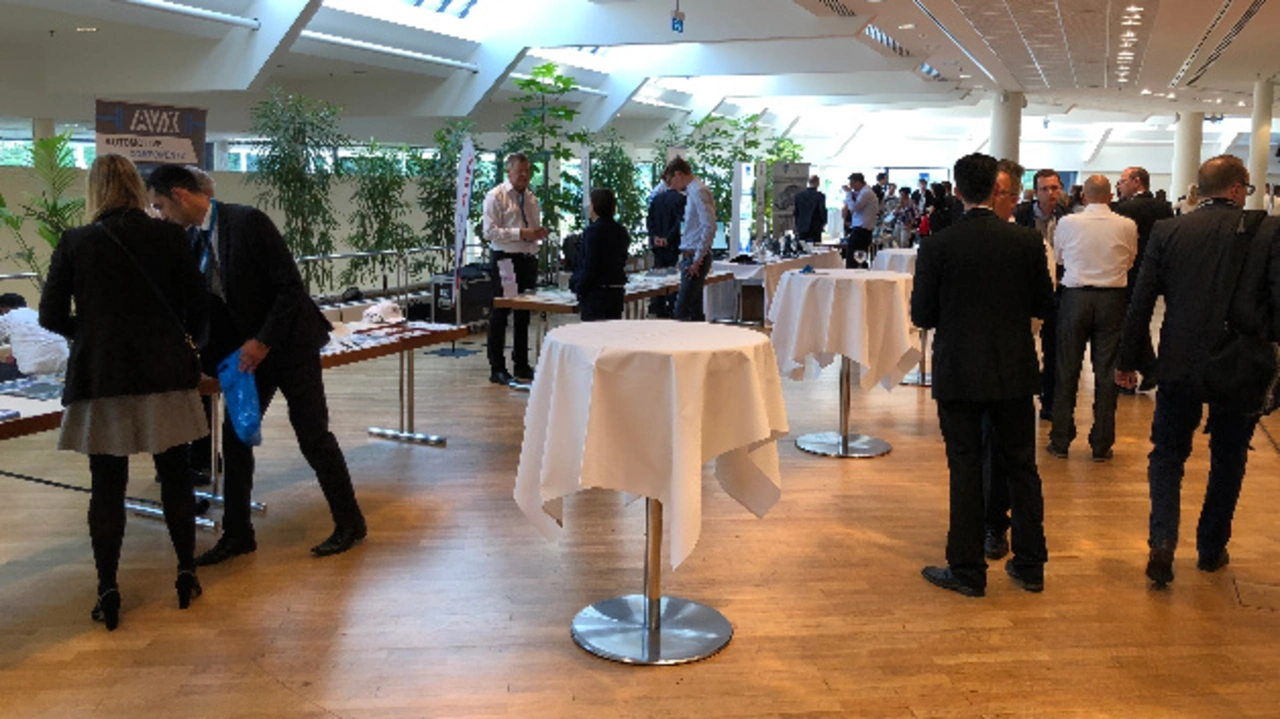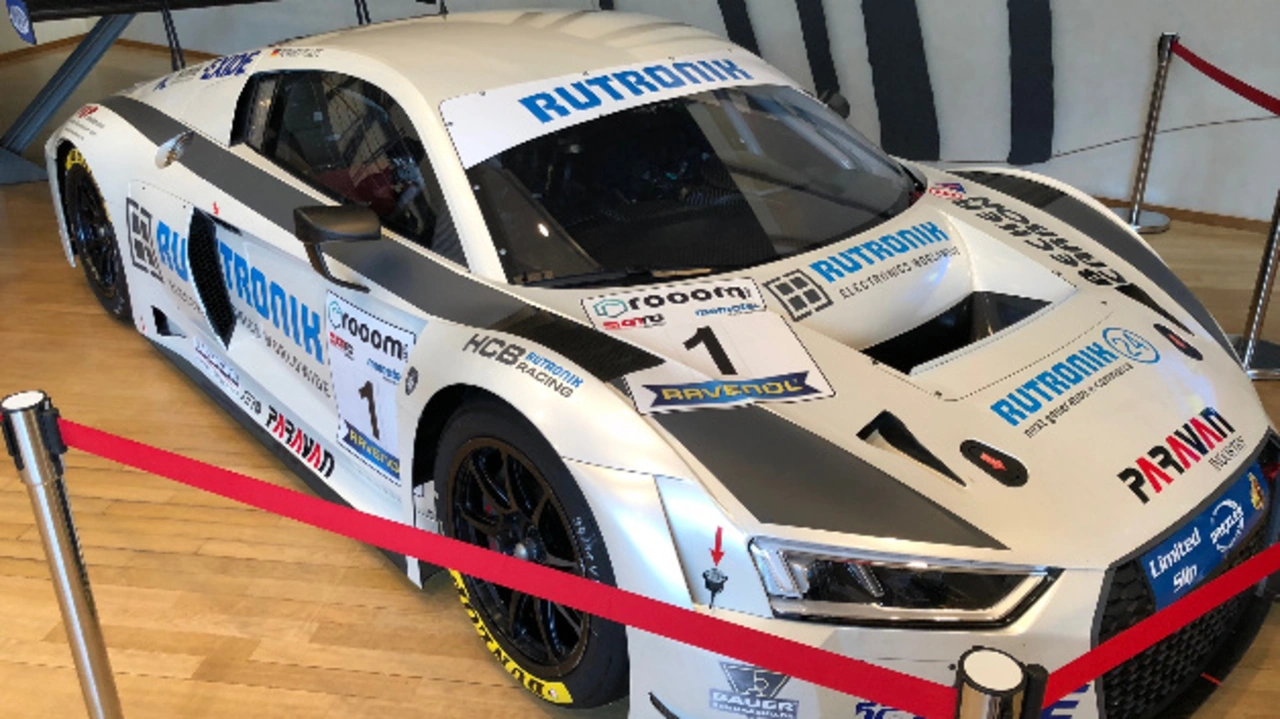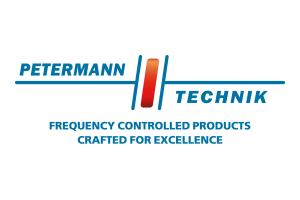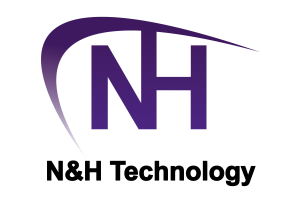Rutronik Automotive Congress
Daily changing challenges, but also great opportunities
The automotive industry is experiencing the most radical change in its history. At the first Rutronik Automotive Congress in Pforzheim, there were therefore not only exciting technical presentations, but also, of course, networking and the development of electric mobility, especially in China.
In 2014, distributor Rutronik founded its own Automotive Business Unit (ABU) under the leadership of Uwe Rahn in order to bundle the combined industry expertise on the line card independently of individual manufacturers. At the first Rutronik Automotive Congress in Pforzheim, the entire value chain was consequently represented in order to exchange ideas for dealing with the radical changes in this industry and to receive suggestions from industry experts.
With almost 200 participants, Rutronik celebrated a successful start to the new format in the presence of company founder Helmut Rudel. The first presentations focused on markets and other economic aspects, Uwe Möhrstädt, technical director at the VDA, seriously asserted that the German automotive industry was on the right track to becoming the world market leader in electromobility.
Rutronik skillfully placed Jochen Siebert, Managing Director of JSC Consulting, directly after the VDA presentation. Siebert lived in Shanghaifor five years and now in Singapore and certainly has an excellent insight into all Asian markets, but especially China, where Rutronik will open two more locations in addition to the four existing Rutronik locations in Shenzhen, Shanghai, Chengdu and Hong Kong, according to Uwe Rahn's announcement.
Siebert's charts showed Honda, Buick and Nissan and Mercedes to number 9 as the best German OEM for passenger car sales figures in China in 2018, and expects a noticeable decline for China between 2020 and 2022 due to the phasing out of subsidies. Plug-in hybrid vehicles, on the other hand, should experience a real boom by 2025, but then lose importance as bridge technology just as quickly. A list of 18 Chinese electric car manufacturers led Geely ahead of Changdan Auto and Great Wall in Q1 2018, remarkably there is a significant price gap between pure OEM vehicles and cars manufactured by joint ventures with foreign partners. Due to the rising costs for land, work and manager wages in China, Siebert expects an increasing attractiveness from other Asian countries such as Indonesia, Malaysia, Thailand or the Philippines.
Prof. Dr. Andreas Teuner from the supplier ZF dealt with the biggest challenges for autonomous driving. In addition to a central system and functional architecture, human-robot interaction (with the car as robot), the still deficient sensor technologies and processors with sufficient computing power to calculate algorithms and functions, this includes in particular strategies for verification and validation, especially in the area of machine learning and neural networks.
Subsequently, individual semiconductor manufacturers from Rutronik's linecard spoke. ST Microelectronics presented its portfolio of radar-, lidar- and camera-based sensors, ROHM presented its power electronic components based on silicon carbide (Sic) and Infineon presented components for 48 V supply voltages. It is interesting that ST Microelectronik will still use multicore CPU clusters with the 8-year-old ARM-Cortex-A53 for future radar/lidar SoCs, which will only be available in 2021, although a much more advanced alternative is objectively available with Cortex-A55 and above all DynamIQ technology. At ROHM it was exciting to see how you define "fast charging": "Very fast charging" with DC voltage and up to 350 KW power means less than 20 minutes, given that a gasoline-powered vehicle with 60 l tank is full in a maximum of 2 minutes, marketing will probably still have to make an effort.
Christian Päschel, Hella, described how the automotive world is changing from the suppliers' perspective: "Despite current record sales and profits, Hella sees important markets at a turning point, in addition vehicle production in Europe and North America is stagnating. In 2029 Päschel sees a share of "environmentally friendly vehicles" (mild hybrids, full hybrids and EVs) at 49 % or 56.3 million units, of which only 8.6 million EVs. Accelerated technological change, high investment requirements and the increasing importance of software as a distinguishing feature mean that suppliers must adapt to significant changes. According to Päschel, the development time for a headlamp is usually 18 to 24 months; recently, 12 months have been required.

They are certainly not as exciting as high-end processors, but they are indispensable for automotive applications: Ceramic capacitors. The tense supply situation for these and other passive components meant that Rutronik had to hire around 50 new warehouse employees since October 2017 in order to master the allocation. BMW has 30,000 ceramic capacitors from one manufacturer alone, which is why it even set up its own task force to supply components. Their focus has meanwhile been extended to the entire field of active and passive components in order to cover as fully as possible the requirements relevant to BMW. For example, if the belts are at a standstill at the Dingolfing plant, around 1700 cars with an average value of 72,000 euros cannot be produced per day. One day of downtime means a production loss of 122 million euros.
In a concluding panel discussion on the subject of electromobility, the catastrophic infrastructure in Germany was once again highlighted: If you want to buy an electric car despite the lack of charging infrastructure and set up a charging station for this at home, it will fail due to the electrical connection value of the energy provider, as has been reported - there are not enough KW for charging station, cooker, washing machine, dryer, heating, etc. in the "standard household lines". The medium-voltage stations are also not adequately dimensioned for the supply of charging points for houses in a single location, which is only to a limited extent widespread. The VDA only said that it had no influence on the energy suppliers and shrugged its shoulders.
And so a really successful event, for which one can only congratulate organizer Uwe Rahn, ended with the words of one participant as he went out: "I don't wish for a Chinese government, but sometimes a bit of China wouldn't be bad here either".











